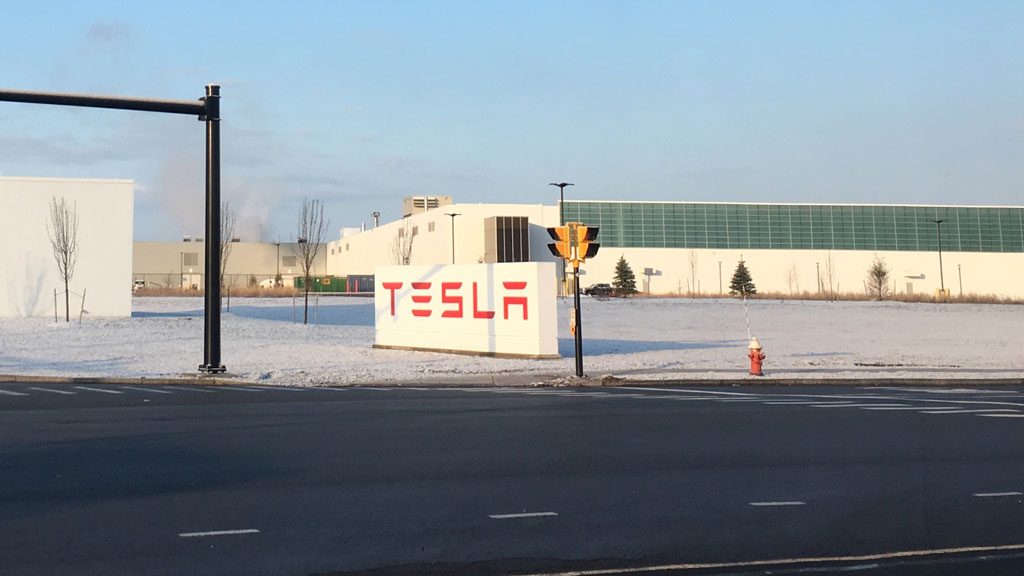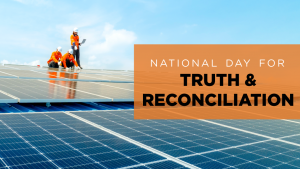Japanese electronics giant Panasonic has announced that it will begin winding down U.S. production of photovoltaic cells and modules at the Tesla Gigafactory in Buffalo, N.Y., a facility operated in partnership with Tesla since 2017.
In a late-February news release, the company says it will, “exit the facility by the end of September 2020.” The announcement is significant for the home building industry — Tesla is seen by many as a solar industry leader and bellwether of small to mid-size rooftop system popularity.
The Buffalo facility has long been a source of controversy. New York State taxpayers have given a reported US$959 million of support to the Gigafactory, about US$200 million more than originally planned. In return, Tesla was to employ 1,460 workers from the Buffalo area by April 2020 or face a $41 million fine. However, according to Bloomberg News, the factory currently employs only 1,100 workers.
Only two weeks before the late-February announcement by Panasonic, Buffalo Mayor Byron Brown had toured the Gigafactory, saying he felt Tesla was in a position to honour its commitment.
Panasonic is not abandoning the solar business. In fact, it plans to optimize and integrate the development and production capability of its own photovoltaic business into the company’s energy solution businesses. These include including Panasonic’s Home Energy Management System, photovoltaic modules, storage batteries, EcoCute heat pump systems and EV chargers.
News of Panasonic’s departure from the Gigafactory partnership is the latest disappointment for both Tesla enthusiasts and shareholders and could not come at a worse time for the high-profile company. Tesla’s prospects beyond solar power have hinged on the success of its well-known electric cars and ambitious expansion into China.
However, in another Bloomberg report cited by the Globe and Mail, “the number of new Tesla vehicles registered in China in January dropped 43 per cent from the previous month — before the coronavirus (COVID-19) brought parts of the country to a halt and prompted Tesla to shut its new factory near Shanghai.”
While stock markets around the world dropped dramatically during the last week of February, Tesla’s stock decline doubled that of the market — over 25 per cent in just five days. Continued economic fears surrounding COVID-19 will likely weigh heavily on Tesla’s near-term prospects.
Tesla CEO Elon Musk has a history of under-delivering on promises regarding the growth of Tesla’s rooftop solar systems. The company’s energy-based revenue declined in 2019 by over US$24 million, despite record-setting sales in its PowerWall storage division that markets to both home and industry.
In addition, home and small building owners have been frustrated by the changing designs of Tesla’s rooftop solar tile system. Musk announced Solar Roof V3 in mid-2019, a design intended to be easier to manufacture, lower in price and faster to install. Previous versions had offered a choice of roof tile lookalikes that hid the photovoltaic cells and increased roadside visual appeal. However, the first release of V3 will offer plain black only, although Musk promises more colours and finishes.
At the same time, Musk recently tweeted plans to offer Solar Roof V3 nationally and globally. “Tesla is ramping up Solar Roof installation across the USA! Training will be provided, so no prior experience needed. Looking forward to international expansion later this year.”
Despite design changes, production delays and installation bottlenecks, some still look favourably on Tesla’s solar prospects. According to CNN, market analyst Alex Potter with Piper Sandler recently raised his price target on the stock to over US$928 (currently US$668). “An underappreciated key to the company’s future performance is the non-automotive part of the business that currently accounts for only six per cent of its revenue,” he said. Although trading at 80 times earnings, Potter feels the best is yet to come. He projects the annual revenue of the solar and storage battery division could jump to US$80 billion by 2030 from the current US$1.6 billion.










Recent Comments
comments for this post are closed